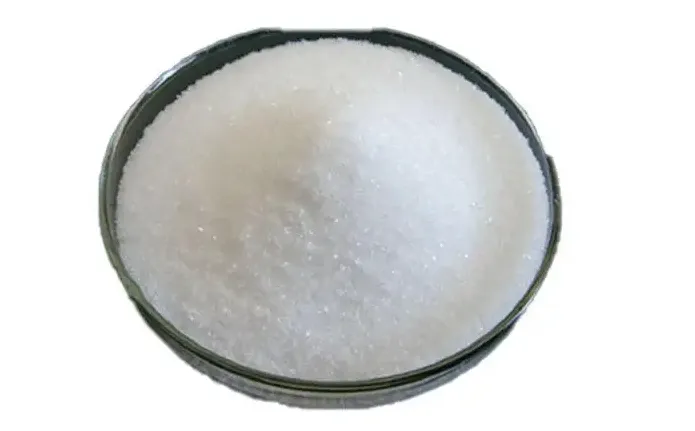Discussion on the impact and price increase on the impact and price increase on the impact of yellow phosphorus production capacity on the Sodium Tripolyphosphate market
Recent Why is the price of food-grade Sodium Tripolyphosphate higher than the industrial grade? We will analyze from different levels.
Supply shortage exacerbation
The power limit for yellow phosphorus companies has led to a decline in production capacity, and the supply of spot markets is even more tense, making downstream manufacturers face some trouble when purchasing.
The essential differences between industrial and food-level
First of all, the production of industrial-grade Sodium Tripolyphosphate adopts a wet process, and the cost is relatively low. The food-grade Sodium Tripolyphosphate is prepared based on a thermal process and strictly meets food safety standards in the production process to ensure product safety.
Production process and safety standards
Industrial-grade Sodium Tripolyphosphate mainly adopts a wet process, while the preparation of food-grade Sodium tripolyphosphate involves specifications and standards. From raw materials to transportation to sales, layers of levels ensure the safety of products in food processing.
Wide-purpose and essential differences
Industrial -grade SODIUM TRIPOLYPHOSPHATE is mainly used in the industry for chelating, suspending, evacuating, collagen, emulsification, pH buffer, etc., while food -grade Sodium Tripolyphosphate is not only suitable for industrial use but also for food additives. Baked foods, etc., are more widely used.
Righteousness of price gain
Because the indicators of industrial-grade products do not have specific requirements for heavy metals such as arsenic and lead, the production process and strict standards of food-grade Sodium Tripolyphosphate make its price relatively high. This price increase is based on the inevitable result of product nature differences and safety standards.
Through the discussion of the reason behind the price of Sodium Tripolyphosphate, manufacturers can clearly understand the essential differences in different levels of products during the procurement process, to choose more targetedly.
FAQ
Q: What is causing the supply shortage of Sodium Tripolyphosphate? A: Power restrictions on yellow phosphorus companies have led to decreased production, resulting in a supply shortage of STPP.
Q: Why is food-grade Sodium Tripolyphosphate more expensive than industrial-grade? A: Food-grade STPP is more expensive due to the more complex thermal production process, stringent safety standards, and broader application range requiring higher purity.
Q: What are the main uses of industrial-grade Sodium Tripolyphosphate? A: Industrial-grade STPP is primarily used for chelating, suspending, emulsifying, and as a pH buffer in various industrial applications.
Q: How does the production process differ between industrial and food-grade STPP? A: Industrial-grade STPP uses a wet process, while food-grade STPP is produced through a more complex thermal process to meet food safety standards.
Q: How can manufacturers choose between industrial and food-grade STPP? A: Manufacturers should consider their specific needs, balancing cost against the required quality and safety standards to make an informed decision.

